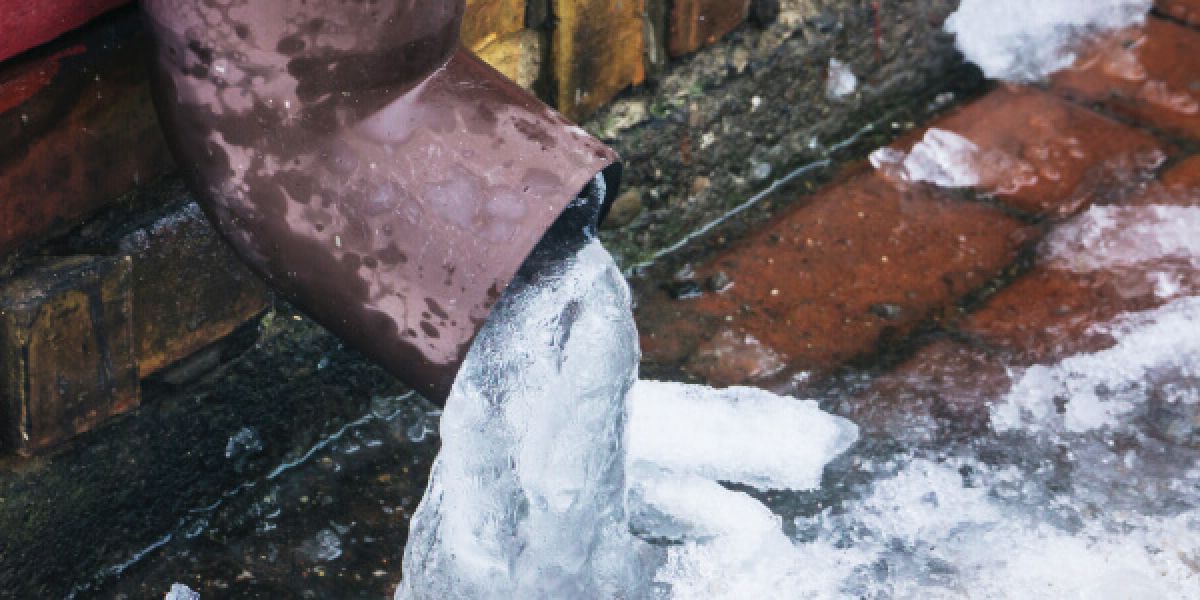Essential Advice to Protect Against Frozen Plumbing in Cold Weather
Essential Advice to Protect Against Frozen Plumbing in Cold Weather
Blog Article
We've stumbled on this article on How To Avoid Freezing Pipes directly below on the internet and reckoned it made sense to relate it with you here.

Winter can ruin your pipes, especially by freezing pipes. Here's how to prevent it from taking place and what to do if it does.
Intro
As temperatures drop, the risk of icy pipes increases, possibly bring about expensive repair work and water damages. Comprehending how to prevent icy pipes is crucial for home owners in cold environments.
Prevention Tips
Shielding susceptible pipelines
Wrap pipelines in insulation sleeves or make use of warmth tape to protect them from freezing temperature levels. Focus on pipes in unheated or external areas of the home.
Home heating techniques
Keep interior rooms sufficiently heated up, specifically locations with pipes. Open up closet doors to permit cozy air to flow around pipes under sinks.
Exactly how to determine frozen pipelines
Try to find lowered water circulation from taps, uncommon odors or sounds from pipes, and noticeable frost on subjected pipelines.
Long-Term Solutions
Structural changes
Consider rerouting pipes away from exterior walls or unheated locations. Include additional insulation to attics, cellars, and crawl spaces.
Upgrading insulation
Invest in high-quality insulation for pipelines, attic rooms, and wall surfaces. Correct insulation aids preserve consistent temperatures and decreases the risk of icy pipes.
Protecting Exterior Pipes
Garden tubes and outdoor faucets
Disconnect and drain garden hose pipes before wintertime. Install frost-proof spigots or cover exterior faucets with protected caps.
Understanding Icy Pipes
What triggers pipelines to ice up?
Pipes freeze when subjected to temperature levels below 32 ° F (0 ° C) for extended periods. As water inside the pipes freezes, it increases, putting pressure on the pipeline wall surfaces and possibly causing them to burst.
Dangers and damages
Frozen pipes can cause water supply disruptions, building damages, and pricey fixings. Ruptured pipelines can flood homes and cause extensive architectural damage.
Signs of Frozen Pipes
Recognizing icy pipes early can prevent them from breaking.
What to Do If Your Pipes Freeze
Immediate actions to take
If you believe frozen pipelines, keep taps available to relieve stress as the ice melts. Make use of a hairdryer or towels soaked in warm water to thaw pipes gradually.
Final thought
Protecting against frozen pipelines requires positive measures and quick feedbacks. By comprehending the reasons, signs, and preventive measures, home owners can protect their pipes during cold weather.
5 Ways to Prevent Frozen Pipes
Drain Outdoor Faucets and Disconnect Hoses
First, close the shut-off valve that controls the flow of water in the pipe to your outdoor faucet. Then, head outside to disconnect and drain your hose and open the outdoor faucet to allow the water to completely drain out of the line. Turn off the faucet when done. Finally, head back to the shut-off valve and drain the remaining water inside the pipe into a bucket or container. Additionally, if you have a home irrigation system, you should consider hiring an expert to clear the system of water each year.
Insulate Pipes
One of the best and most cost-effective methods for preventing frozen water pipes is to wrap your pipes with insulation. This is especially important for areas in your home that aren’t exposed to heat, such as an attic. We suggest using foam sleeves, which can typically be found at your local hardware store.
Keep Heat Running at 65
Your pipes are located inside your walls, and the temperature there is much colder than the rest of the house. To prevent your pipes from freezing, The Insurance Information Institute suggests that you keep your home heated to at least 65 degrees, even when traveling. You may want to invest in smart devices that can keep an eye on the temperature in your home while you’re away.
Leave Water Dripping
Moving water — even a small trickle — can prevent ice from forming inside your pipes. When freezing temps are imminent, start a drip of water from all faucets that serve exposed pipes. Leaving a few faucets running will also help relieve pressure inside the pipes and help prevent a rupture if the water inside freezes.
Open Cupboard Doors
Warm your kitchen and bathroom pipes by opening cupboards and vanities. You should also leave your interior doors ajar to help warm air circulate evenly throughout your home.

I was introduced to that editorial on Winter Plumbing Precautions: Preventing Frozen Pipes through a pal on another website. Sharing is caring. Who knows, you could be doing someone a favor. Thanks a lot for your time. Return soon.
Visit Our Website Report this page